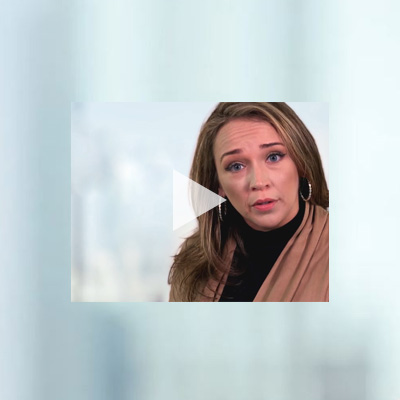I’m an old nurse. Not necessarily old as in age, but old in wisdom and experience. My daughter is a young doctor, and by young I mean in both age and experience. Yet we both have had symptoms of burnout as healthcare providers. Burnout is a condition that is plaguing healthcare providers throughout the US—a syndrome of cynicism, decreased effectiveness, and exhaustion. Patients are secondary victims of physician burnout, which has been linked to a higher risk of mortality and medical errors among hospitalized patients, as well as lower patient satisfaction scores. 1
Before I left my hospital role and went into medical education, my work BFF (thank God for her!) told me, “You either need a different job or a different attitude.” I was completely burned out, crispy as a French fry. She was 100% right, and the different job was the ticket for my reentry into a functioning adult work life. Even in the world of medical education, burnout is a topic of much discussion: causes, effects, and how to reduce it. It’s personal to me now more than ever—I can’t help but think, “What about my daughter? What will happen to her if burnout isn’t recognized as a critical illness that is plaguing healthcare?”
From my experience as an RN, here are the 4 top causes of burnout that I’ve both seen and experienced first-hand:
- Multitasking within a role. Electronic health record (EHR) systems actually decrease time spent with patients. When EHRs originally rolled out, it was widely thought that they would streamline documentation and increase time with patients. Wrong! A time study revealed that for every 1 hour of clinical work, clinicians spent 2 hours on documentation and other EHR-related tasks.1
- Lack of control over work conditions. Schedules, workflow patterns, pace, organizational culture, reimbursement constraints, and resources are determined by others, who are often far removed from the bedside.
- Family responsibilities. Children and/or aging parents can add extra stress to a healthcare provider’s day. Add overtime (voluntary or mandated), and the number of stressors multiplies.
- Healthcare is unpredictable. Emergencies arise and demands shift without notice. Preset schedules, staffing, and productivity targets prohibit an urgent realignment of priorities, even when absolutely necessary. And within the chaos is the reality that a caregiver must move onto the next patient, often without coping with the most recent crisis.
In the medical education space, here are 4 interventions that we often teach to combat these issues:
- Use templates, scribes, and software to reduce documentation time and complexity within the EHR.
- Communicate with leadership regularly to discuss work conditions, scheduling, and culture. This assumes that leadership is engaged and committed to improving the work environment and promoting work–life balance.
- Change. Whether it be a new position, a new organization, or a break from work, change can help you recharge and refocus on YOU.
- Develop resilience. This is a huge! Resilience is the process of bouncing back from difficult or stressful experiences and can be a learned skill. Mindfulness exercises have been shown to improve resilience.
Let’s talk about that last item. When I first heard of mindfulness while at a conference, I was hooked by the science of the entire process. It’s super cool and basically interrupts your body’s stress response and does sort of a “CTRL-ALT-DEL” to your brain. I called my daughter and asked her if she had ever heard of mindfulness. She said, “Funny you should ask mom, our director of residency is making all of us go to an all-day retreat on mindfulness next week.” My daughter went to the retreat and is now the Chair of the Physician Wellness Committee at the hospital where she is in her residency. Is she out of the woods as far as burnout? Probably not, but I feel better knowing that she has skills in her tool box now to promote resilience, which is a step in the right direction!
What has your organization done to combat physician burnout? Share your experiences in the comments below.
Sources
- Shanafelt T, Dyrbye L, West C. Addressing physician burnout: the way forward. JAMA. 2017;317(9):901-902.











